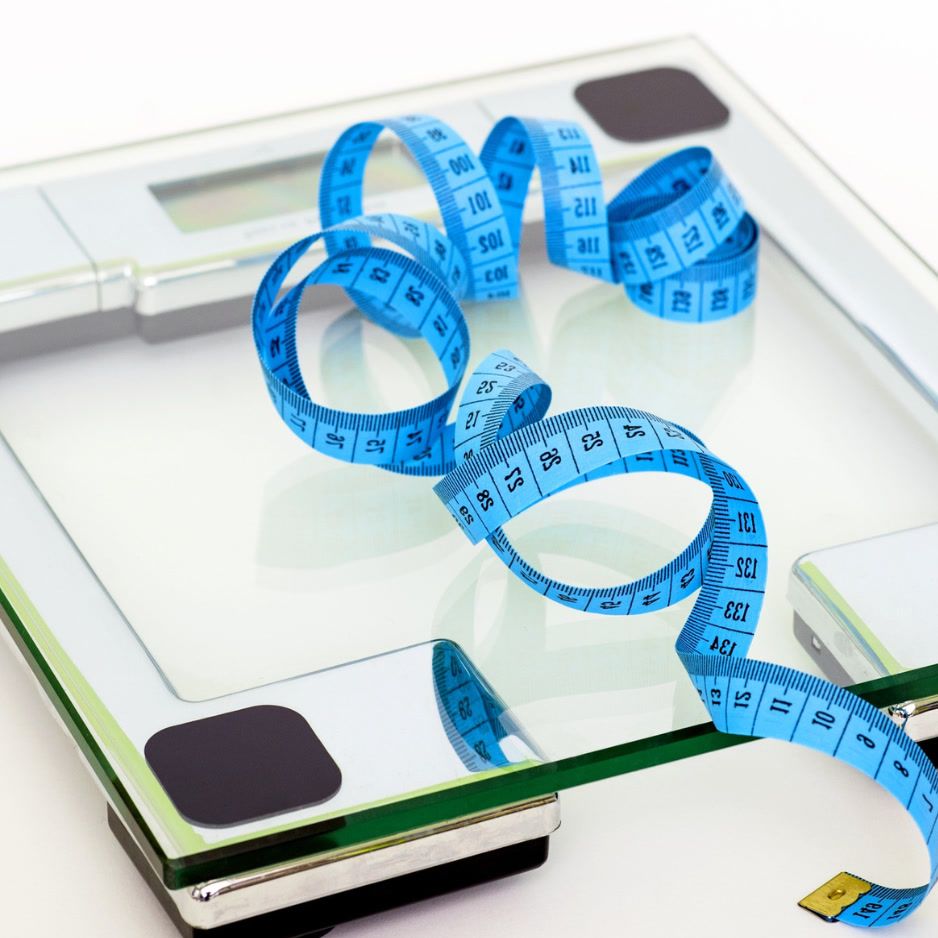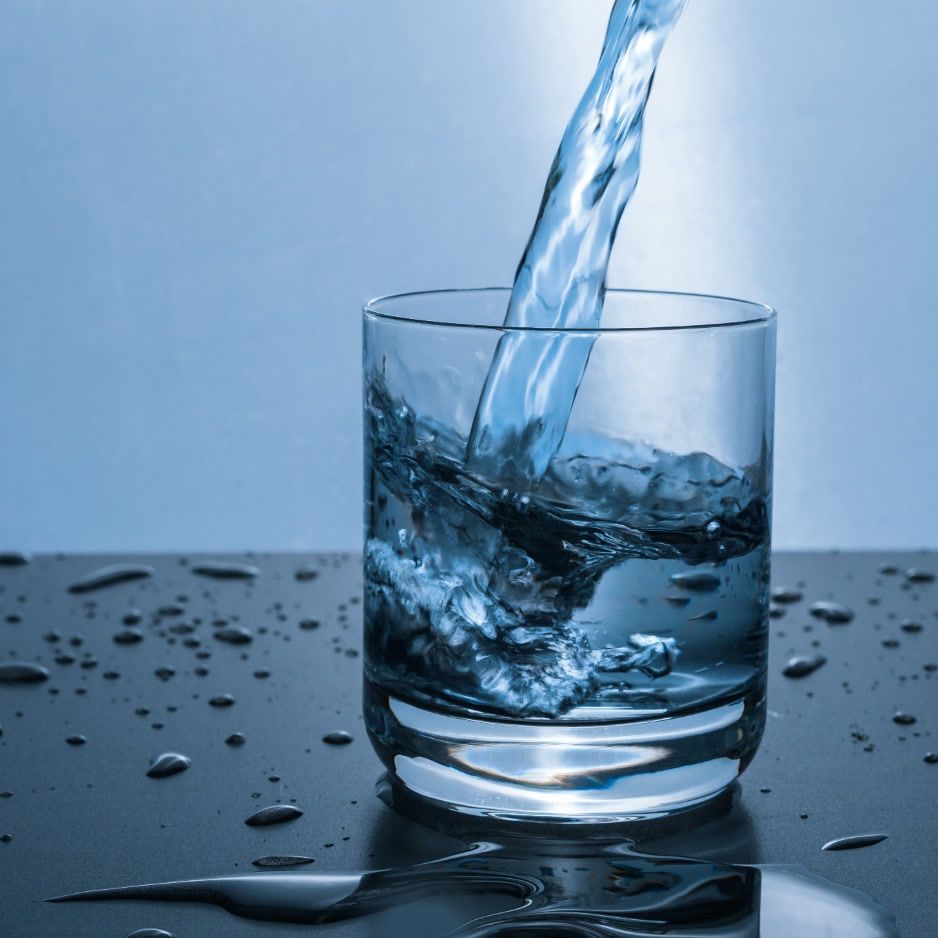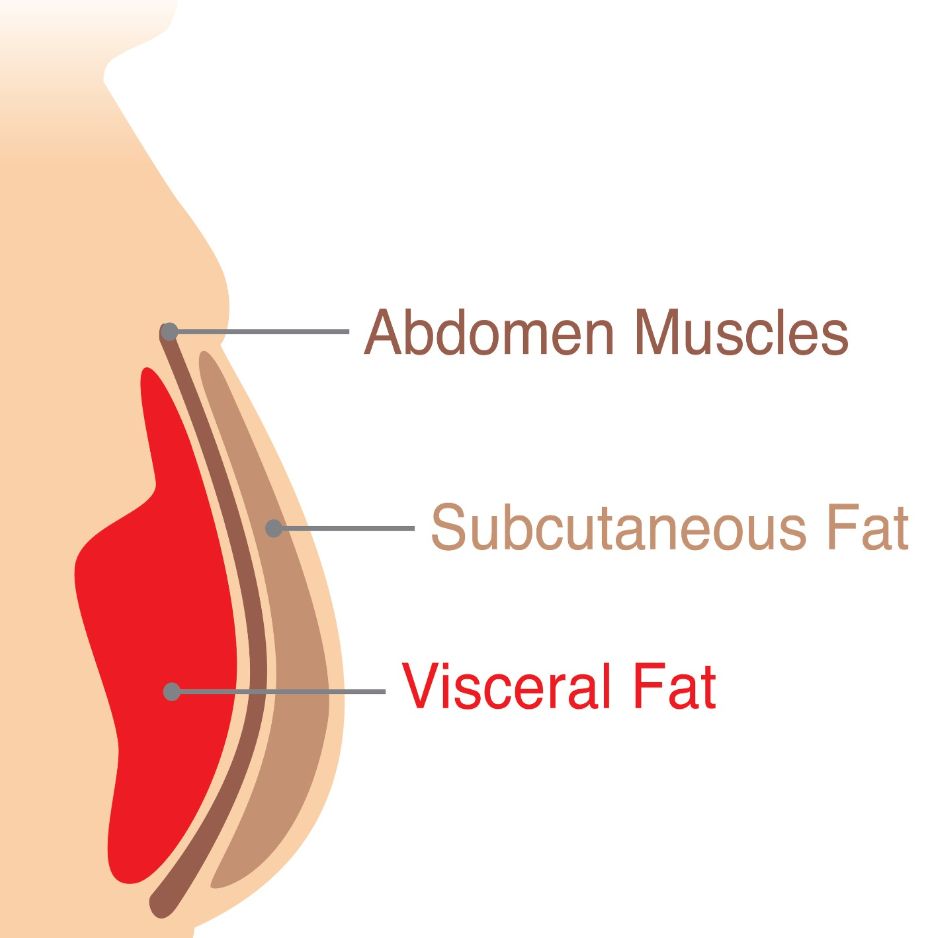Calories Burned Calculator for 150+ Activities

Calories Burned Calculator: Estimate Calorie Burn for 150+ Activities
Calculate how many calories you burn during over 150 activities with our evidence-based tool.
Our tool is based on the 2024 Compendium of Physical Activities, the most comprehensive update. Simply enter your weight, select an activity, and input the duration for an instant, accurate estimate.
How This Calculator Works
This calculator uses Metabolic Equivalents (METs)—the gold standard for measuring activity intensity. Each activity has been scientifically measured and assigned a MET value based on oxygen consumption during the activity.
The Formula: Calories = MET Value × Body Weight (kg) × Time (hours)
For example, if you weigh 154 lbs (70 kg) and run at 7 mph (11.5 METs) for 30 minutes:
- Calories = 11.5 × 70 kg × 0.5 hours = 403 calories
The calculator handles all unit conversions for you, automatically converting pounds to kilograms behind the scenes.
The Scientific Basis of Our Calculator
Our calculator draws from the 2024 Compendium of Physical Activities, the most comprehensive and authoritative database of activity energy costs. Every MET value is sourced from peer-reviewed scientific research, not proprietary formulas or estimates. This database includes:
- 1,114 different activities across 22 categories
- 912 activities (82%) with directly measured MET values from laboratory studies
- 2,356 new research measurements integrated into the latest update
Comprehensive Activity Database
Unlike basic calculators with limited options, we include:
- Detailed intensity levels for common activities (walking speeds from 2.0-4.5 mph)
- Sport-specific variations (recreational vs. competitive intensities)
- Everyday activities (household chores, occupational tasks, childcare)
- Work activities (desk work, retail work, construction)
Understanding Your Results
Calorie Burn Categories
Your results will fall into one of these intensity categories:
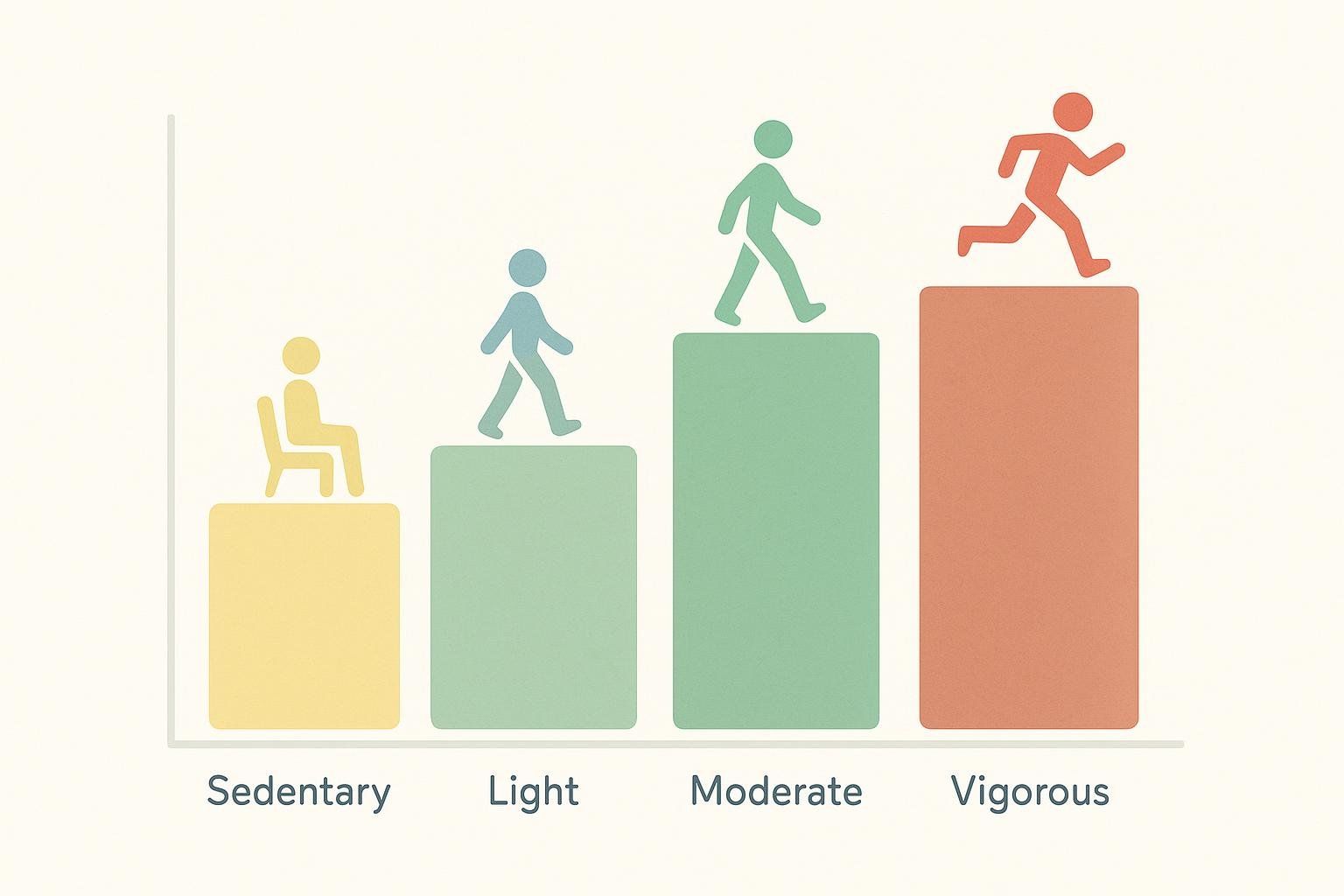
| Intensity | MET Range | Examples |
|---|---|---|
| Sedentary | 1.0-1.5 | Watching TV, reading, office work |
| Light | 1.6-2.9 | Slow walking, light housework, stretching |
| Moderate | 3.0-5.9 | Brisk walking, cycling leisurely, dancing |
| Vigorous | 6.0+ | Running, competitive sports, heavy lifting |
Calorie Burn for Common Activities (30-Min Session)
Curious how it all adds up? Here are the estimated calories burned for popular activities during a 30-minute session.
Cardio Activities
| Activity | 130 lbs (59 kg) | 155 lbs (70 kg) | 180 lbs (82 kg) | MET Value |
|---|---|---|---|---|
| Walking (3.5 mph) | 118 | 140 | 164 | 4.0 |
| Jogging (5 mph) | 207 | 245 | 287 | 7.0 |
| Running (7 mph) | 341 | 403 | 472 | 11.5 |
| Cycling (12 mph) | 236 | 280 | 328 | 8.0 |
| Swimming laps (light/moderate effort) | 177 | 210 | 246 | 6.0 |
Gym Activities
| Activity | 130 lbs (59 kg) | 155 lbs (70 kg) | 180 lbs (82 kg) | MET Value |
|---|---|---|---|---|
| Weight lifting (moderate) | 103 | 123 | 144 | 3.5 |
| Circuit training (vigorous effort) | 236 | 280 | 328 | 8.0 |
| Yoga (hatha) | 74 | 88 | 103 | 2.5 |
| Pilates | 103 | 123 | 144 | 3.5 |
| Elliptical trainer | 162 | 193 | 226 | 5.5 |
Sports
| Activity | 130 lbs (59 kg) | 155 lbs (70 kg) | 180 lbs (82 kg) | MET Value |
|---|---|---|---|---|
| Basketball (casual) | 177 | 210 | 246 | 6.0 |
| Tennis (singles) | 236 | 280 | 328 | 8.0 |
| Golf (walking, carrying clubs) | 127 | 151 | 176 | 4.3 |
| Volleyball | 89 | 105 | 123 | 3.0 |
| Soccer (general) | 207 | 245 | 287 | 7.0 |

Daily Activities
| Activity | 130 lbs (59 kg) | 155 lbs (70 kg) | 180 lbs (82 kg) | MET Value |
|---|---|---|---|---|
| House cleaning | 89 | 105 | 123 | 3.0 |
| Gardening | 118 | 140 | 164 | 4.0 |
| Playing with children | 118 | 140 | 164 | 4.0 |
| Grocery shopping | 68 | 81 | 94 | 2.3 |
| Cooking | 59 | 70 | 82 | 2.0 |
Using Your Results for Weight Management
For Weight Loss
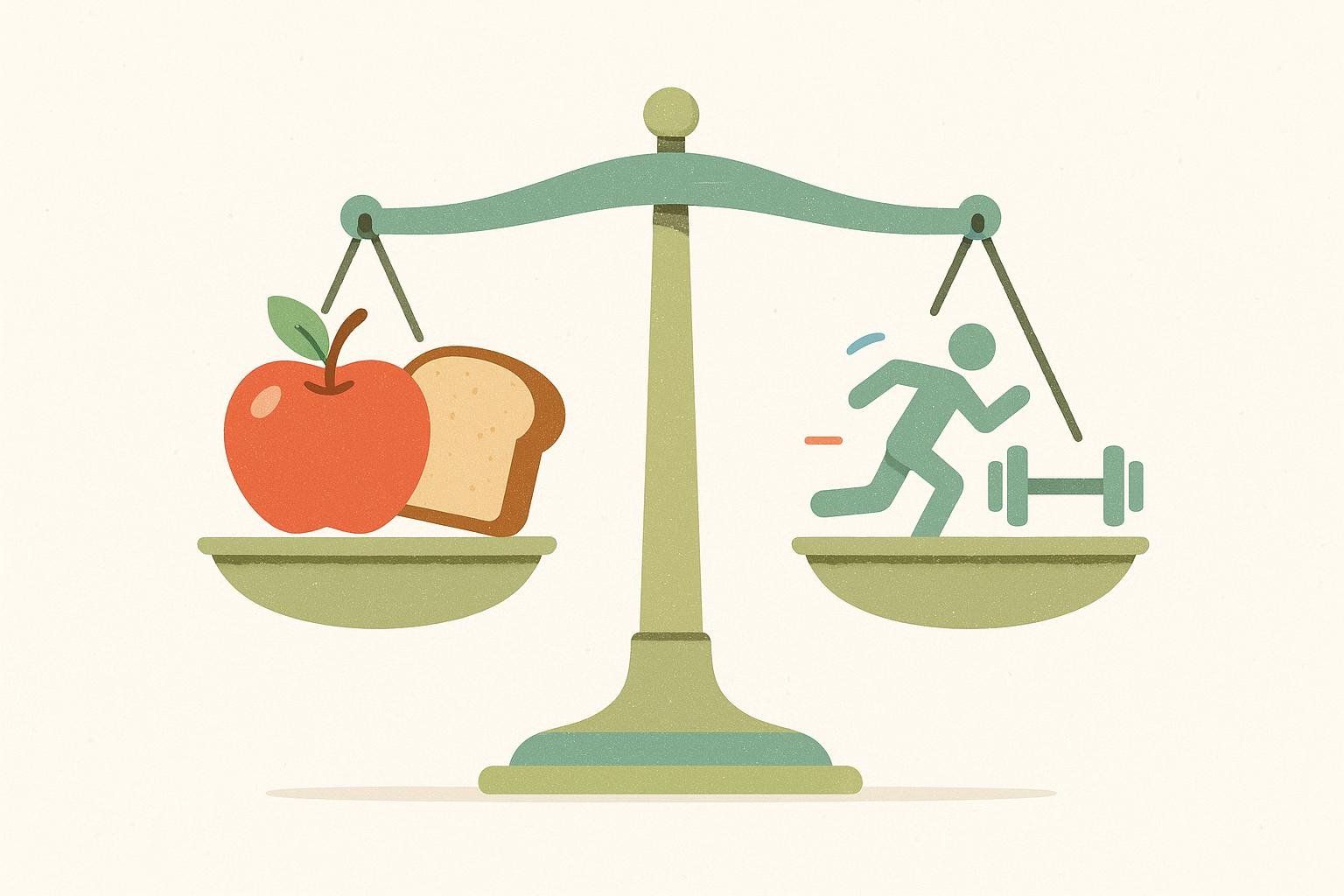
Creating a calorie deficit—burning more calories than you consume—is the fundamental requirement for weight loss. Use our calculator to identify activities that fit your schedule and help you reach your exercise goals as part of an overall healthy lifestyle.
For Weight Maintenance
To maintain your current weight, your calorie intake should match your total daily energy expenditure (TDEE). TDEE is the sum of your basal metabolic rate (BMR) and the calories burned from all physical activity.
For Muscle Building
To build muscle, focus on strength training exercises, supported by adequate nutrition. Building muscle generally requires consuming more calories than you burn to provide the energy your body needs for muscle protein synthesis. Monitor body composition via DEXA scan rather than just tracking weight.
Common Mistakes to Avoid
Overestimating Exercise Calories
Many fitness trackers can overestimate calorie burn, with a 2017 Stanford study showing errors ranging from 27% to 93% among popular devices.
Our calculator provides a scientifically-backed estimate. Treat these numbers as a reliable guide, and validate them with real-world results such as changes in weight and body composition.
Ignoring Your Body's Baseline Calorie Burn
While exercise is crucial, don't overlook your basal metabolic rate (BMR), which for many sedentary people accounts for 60-75% of their total daily energy expenditure. Building muscle mass increases this baseline burn.
Focusing Only on High-Calorie Activities
Consistency beats intensity. A daily 20-minute walk (93 calories) burns more weekly calories (651 total) than one intense workout (500 calories) if you can't maintain the harder routine.
Accuracy and Limitations
When Calculators Are Most Reliable
MET-based calculators work best for:
- Steady-state cardio activities at consistent pace
- Common exercises that have been extensively studied
- Most adult body weights
- Activities lasting 15+ minutes where you settle into a rhythm
When Results Are Less Accurate
Estimates may be less precise for:
- High-intensity interval training with varying intensities
- Activities where efficiency varies widely based on individual skill level
- Very short duration activities (under 10 minutes)
Important Calculator Limitations
Our calculator estimates only the calories burned during the workout itself. Additional energy burn from the afterburn effect (EPOC), where your body continues to use extra energy for hours after exercise to recover, is not included in these numbers. This post-exercise calorie burn is a separate benefit beyond what appears in your results.
Real-World Validation
Research shows that MET-based estimates can vary from actual measured values, with the standard 1-MET value often overestimating resting metabolic rate by an average of 35% in adults. This is a known limitation of the underlying MET standard. However, the 2024 Compendium still represents the best scientific consensus for comparing the relative energy cost of different activities. Individual results will vary based on body composition, fitness level, and other factors.
Why Your Calorie Burn is Unique: 7 Key Factors
Body Weight Impact
Body weight significantly affects calorie burn. A heavier person burns more calories than a lighter person doing identical exercise.
Body Composition Effects
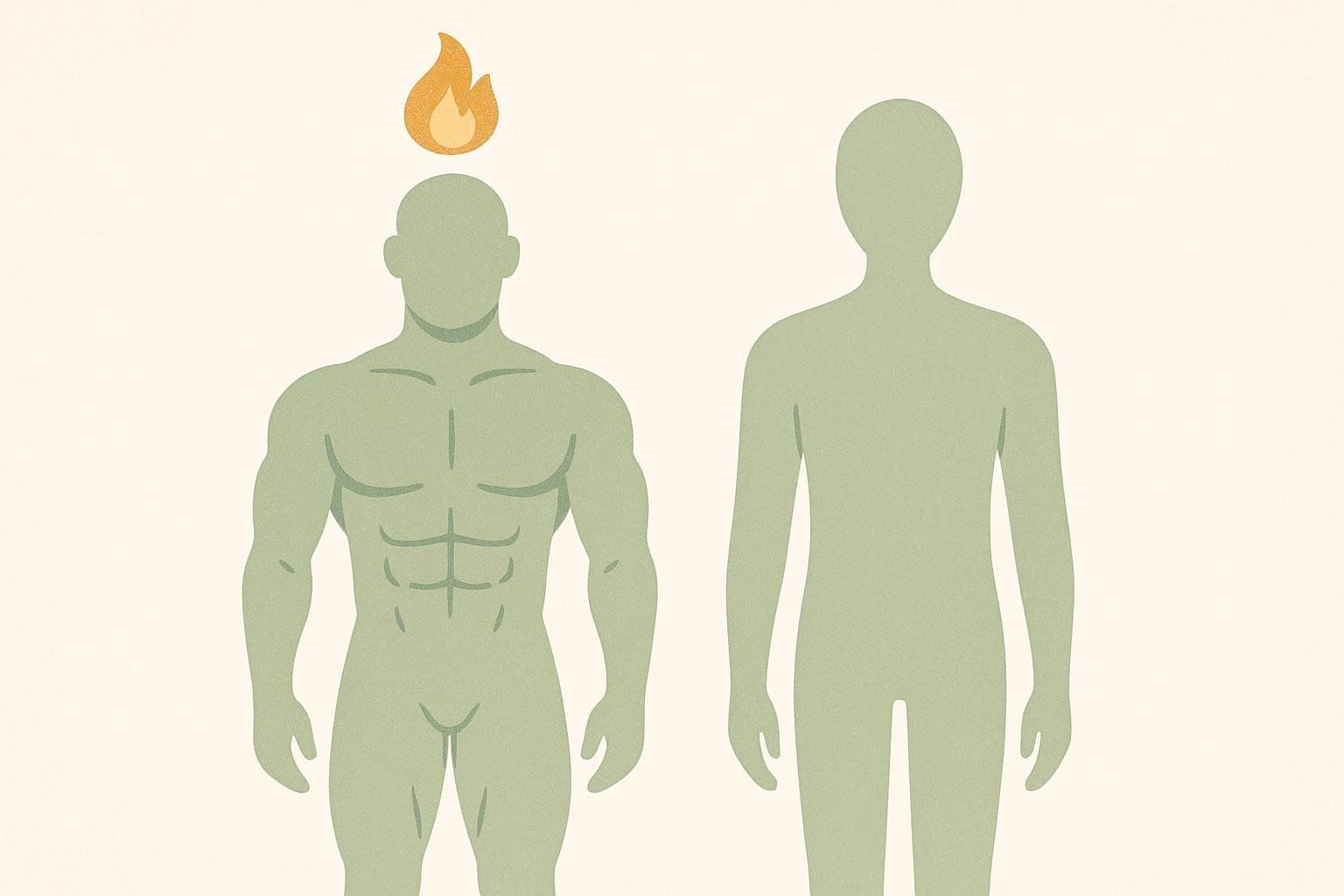
Skeletal muscle burns approximately 13 calories per kilogram per day and is more metabolically active than fat tissue, so individuals with higher muscle mass have a faster resting metabolism and improved glucose utilization.
The Impact of Fitness Level

As your fitness improves, your body becomes more efficient. In fact, studies show that exercise training increases efficiency, meaning a trained person burns fewer calories than a beginner doing the same workout. This efficiency is a sign of progress, allowing you to increase the intensity or duration of your workouts to continue challenging your body effectively.
Age-Related Changes
Adults typically lose 3-5% of their muscle mass per decade after age 30, a process that contributes to a slower metabolism. However, metabolism patterns remain stable from the 20s through 50s before gradually declining. Earlier research overestimated age-related metabolic decline.
Sex-Based Differences
Men tend to have more muscle mass and larger body sizes than women on average. Because of these differences, they may have a 5-15% higher energy expenditure during the same exercise.

Environmental Factors
Temperature and altitude significantly affect calorie burn. Cold weather increases energy demands as your body maintains core temperature. High altitudes affect metabolism due to changes in oxygen availability.
Beyond the Calculator: Optimizing Your Results
Progressive Training Strategies
Beginners
- Aim for 20-30 minutes of moderate-intensity activity (3.0-5.9 METs)
- Focus on building consistency before increasing intensity
- Start with activities you enjoy and can sustain
Once you establish a routine, you'll be ready to progress to more challenging workouts.
Intermediate
- Mix moderate and vigorous activities throughout the week
- Gradually increase duration to 45-60 minutes per session
- Add variety to prevent adaptation and maintain motivation
Advanced
- Focus on specific goals rather than just calorie burn
- Incorporate periodization and recovery into training plans
- Use calorie data to fine-tune training loads and recovery needs
Activity Selection Strategy
For Maximum Calorie Burn
- Incorporate High-Intensity Interval Training (HIIT) to boost calorie burn during and after exercise
- Focus on compound movements that engage multiple muscle groups simultaneously
- Choose activities that combine upper and lower body movement like swimming or rowing
- Add resistance or incline to increase energy demands
For Sustainable Long-Term Results
- Use the calculator to set weekly calorie burn targets that gradually increase over time
- Track your calorie burn patterns to identify which activities you can maintain consistently
- Compare similar activities to find ones that burn more calories if you enjoy them equally
- Monitor how changes in intensity or duration affect your total energy expenditure
Technology Integration
Check Your Fitness Tracker's Accuracy
Use our calculator to check your wearable device's accuracy:
- Calculate expected calorie burn for a planned workout
- Compare with your tracker's measurement
- Note the typical difference (e.g., "my watch is usually 15% higher") to mentally adjust future readings from your device
Using Heart Rate for Better Estimates
If you track heart rate during exercise, use it to select more appropriate intensity levels in our calculator. For example, if you normally walk at a casual pace (3.5 mph) but your heart rate data shows you're working harder than expected, try selecting "walking, very brisk pace (4.0 mph)" for a more accurate calorie estimate.
Frequently Asked Questions
How does this compare to my fitness tracker's calorie count?
Fitness trackers can differ widely in their precision. Many models tend to overestimate calorie burn, though advanced devices with heart rate monitoring are generally more reliable. Our MET-based calculator provides a scientific baseline you can use to check your own device's readings.
How accurately can I track calories from strength training?
Strength training presents accuracy challenges because the energy expenditure varies significantly based on rest periods, lifting tempo, weight used, and individual technique. Unlike steady-state cardio, these variables make it difficult for any calculator to provide precise estimates.
However, tracking strength training calories is still valuable for several reasons:
- Increased BMR: Building muscle raises your basal metabolic rate, meaning you burn more calories around the clock
- Afterburn Effect: Strength training creates an afterburn effect, where your body uses more energy to recover, burning extra calories for hours after your workout
Why do I get different results from other online calculators?
Calculators can produce different results based on the data sources and formulas they use. Common variations include the version of the METs compendium used or the application of specific correction factors. Our calculator uses data from the 2024 Compendium—the most comprehensive scientific source available for this purpose. By displaying the exact MET value used for each activity, we ensure our calculations are transparent and reliable.
Can I use this calculator if I have a medical condition?
Our calculator provides estimates for healthy adults. Medical conditions like diabetes, thyroid disorders, or heart disease can significantly affect metabolism. Always consult your doctor or a registered dietitian for personalized advice if you have medical concerns.
Conclusion
Our calculator provides evidence-based estimates to guide your fitness and nutrition decisions. Remember that these numbers work best as a baseline—consistency in your approach matters more than perfect precision, and real-world results like body composition changes are the ultimate validation of your efforts.
Whether you're trying to lose weight, maintain your current physique, or build muscle, use this tool as part of a comprehensive strategy that includes proper nutrition, progressive training, and adequate recovery. While this calculator estimates your energy expenditure, a DEXA scan measures the outcome of your efforts by precisely tracking changes in muscle mass and body fat. Book a BodySpec DEXA scan to see your true transformation.
